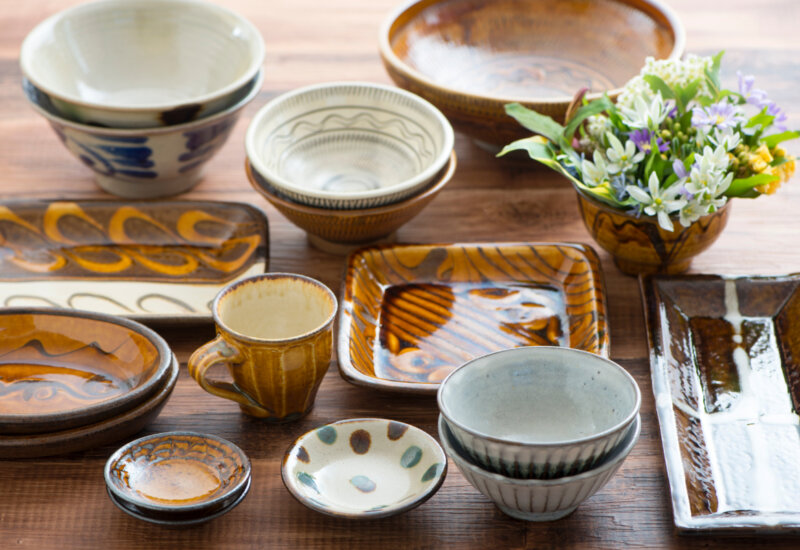
Chapter 6: Momiji-gari and unkin patterns
One of the patterns used on Japanese pottery is unkin (cloud brocade). Unkin refers to overglaze enamels depicting momiji (maple) leaves and sakura in an imitation of the Rimpa-school style of painting. This pattern features the Japanese people’s much-loved sakura and momiji, which are symbols of spring and autumn, respectively. It is an extremely handy pattern to have as it can be used any time of the year, regardless of the season. The design’s treatment...
